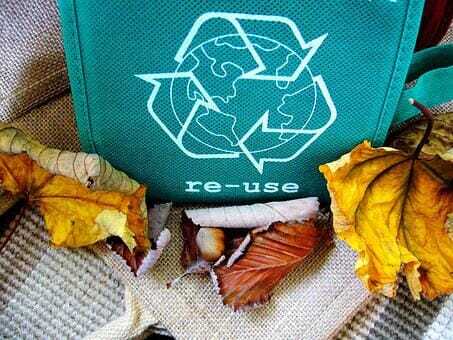Once you’ve decluttered, commit to maintaining a clean and organized living environment. In addition to decluttering, a high-quality, vacuum cleaner can help keep dust, allergens and other indoor pollutants under control. Upright models are great options because they come with attachments that enable you to get into tight spaces, reach high spots, and keep a range of hardwood and tile flooring clean, as well as carpeting.
Electronics
Appliances and other electronic devices represent one of the biggest challenges to eco-friendly decluttering and constitute a serious threat to our environment, adding to the toxins and leachate that threaten water supplies, crops and livestock. Don’t settle for the easy way out. Instead of heading to the nearest dump, consider selling any devices that are still functional on eBay or another buy-sell website. You can also donate electronics to homeless shelters and charitable organizations like Goodwill or the Salvation Army, or find the nearest electronics recycling center.
Textiles
Textiles, which encompass everything from clothing to bedding and mattress material, accounts for more than 15 million tons of waste in the United States every year. It is estimated that Americans throw away, on average, about 80 pounds of used clothing per person. Any clothes or bedding still in usable condition can be donated or taken to a consignment store or sold in a yard sale. Mattresses, which are composed of many materials that are not biodegradable, are a major contributor to landfill pollution, and should be taken to a mattress rendering or textile recycling center.
Send them to ‘the Cloud’
Technology is making it considerably easier to declutter our homes in an eco-friendly manner. One of the great advantages offered by digital technology is scanning old photos, which can be stored electronically (instead of in piles of photos) in the Cloud, where they’re safe from damage or loss. Residual chemicals used in photo development contain toxins that constitute a damaging form of pollution when they enter the environment.
Cleaning green
Now that you’ve made the commitment to declutter your home the eco-friendly way, it just makes sense to approach cleaning it in the same manner. It takes commitment and it’s not always as quick and convenient as the traditional (i.e. commercial) way, but you’ll have the satisfaction of knowing you’ve done your bit for Mother Nature.
Natural lemon juice is a powerfully effective and natural cleaning fluid; try microwaving the juice of one for three minutes, let it stand, and then apply to your walls and kitchen floor with a dry rag. If you have stubborn stains in your carpet or upholstery, try a mix of water and bicarbonate of soda. You can avoid introducing commercial detergent into the environment by hand-washing clothes. You can hand wash your dishes as well to save water, but a traditional drying rack adds to the clutter. Use the DripDry under-cabinet rack to dry dishes, fruits, and vegetables over your sink without the mess and stacks of dishes waiting to be put away.
Committing to environmentally-friendly cleaning and decluttering represents an important lifestyle change. Being eco-friendly means recycling your cast-off items and using natural substances instead of chemical-heavy cleaners in your home.
Courtesy of Pixabay.com.
Author: Alice Robertson

